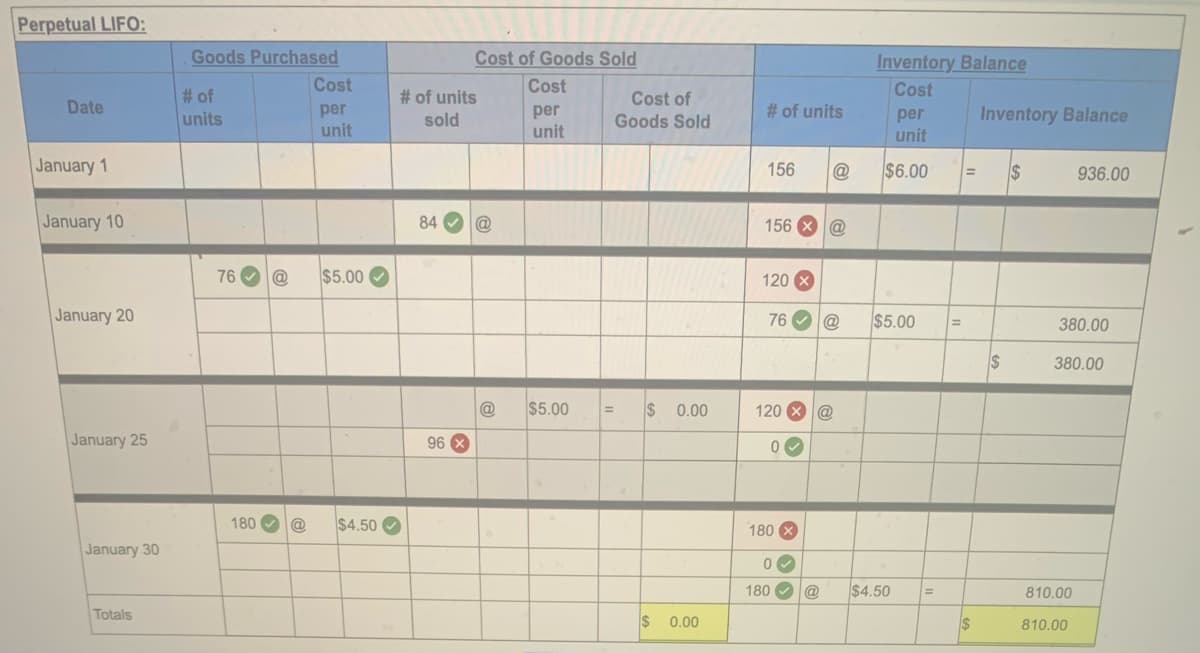Laker Company reported the following January purchases and sales data for its only product. The Company uses a periodic inventory system. For specific identification, ending inventory consists of 232 units, where 180 are from the January 30 purchase, 5 are from the January 20 purchase, and 47 are from beginning inventory. Date Activities January 1 Beginning inventory January 10 Sales January 20 Purchase January 25 Sales January 30 Purchase Totals Units Acquired at Cost @ $ 6.00 156 units 76 units e $5.00 180 units @ $ 4.50 412 units = = $ 936 380 810 $ 2,126 Units sold at Retail 84 units @ 96 units @ 180 units $15.00 $ 15.00
Master Budget
A master budget can be defined as an estimation of the revenue earned or expenses incurred over a specified period of time in the future and it is generally prepared on a periodic basis which can be either monthly, quarterly, half-yearly, or annually. It helps a business, an organization, or even an individual to manage the money effectively. A budget also helps in monitoring the performance of the people in the organization and helps in better decision-making.
Sales Budget and Selling
A budget is a financial plan designed by an undertaking for a definite period in future which acts as a major contributor towards enhancing the financial success of the business undertaking. The budget generally takes into account both current and future income and expenses.
![Use the following information for the Exercises 3-7 below. (Algo)
[The following information applies to the questions displayed below.]
Laker Company reported the following January purchases and sales data for its only product. The Company uses a
periodic inventory system. For specific identification, ending inventory consists of 232 units, where 180 are from the
January 30 purchase, 5 are from the January 20 purchase, and 47 are from beginning inventory.
Date
Activities
January 1 Beginning inventory
January 10 Sales
January 20
Purchase
January 25
Sales
January 30
Purchase
Totals
Units Acquired at Cost
$6.00 =
156 units @
76 units e
180 units @
412 units
$ 5.00
$ 4.50
$ 936
380
810
$ 2,126
Units sold at Retail
84 units @
96 units
180 units
@
$ 15.00
$15.00](/v2/_next/image?url=https%3A%2F%2Fcontent.bartleby.com%2Fqna-images%2Fquestion%2F603fb863-551d-4e2c-baf1-38f56fb13d9e%2F6058a6b7-5a3a-48b5-9bda-307839ab5169%2Ffeh7wn7_processed.jpeg&w=3840&q=75)

Step by step
Solved in 2 steps with 2 images


